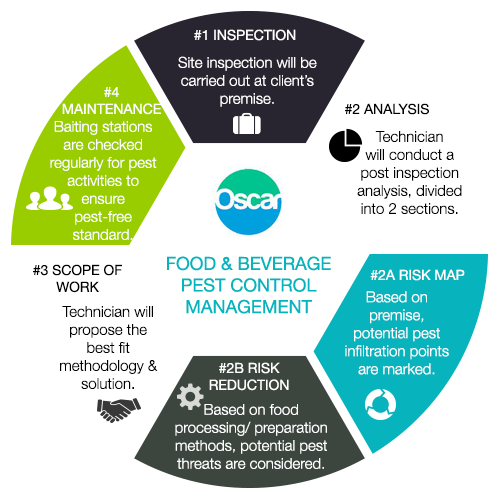Envision your attic room as a comfy Airbnb for rodents, with insulation as cosy as hotel pillows and wiring much more tempting than room solution. Now, picture these undesirable guests tossing a wild party in your house while you're away. As a home owner, guaranteeing your attic is rodent-proof is not almost satisfaction; it's about protecting your residential property and liked ones. So, what straightforward actions can you require to safeguard your refuge from these furry intruders?
Examine for Entrance Things
To start rodent-proofing your attic room, inspect for access points. Start by thoroughly analyzing the exterior of your home, trying to find any openings that rodents can make use of to gain access to your attic room. Check for check this site out around energy lines, vents, and pipes, along with any splits or holes in the foundation or house siding. Make sure to pay attention to areas where various building products meet, as these prevail entrance points for rats.
In addition, examine the roofing system for any harmed or missing tiles, in addition to any kind of gaps around the edges where rodents can press through. Inside the attic room, try to find signs of existing rodent task such as droppings, ate wires, or nesting products. Make use of a flashlight to extensively examine dark edges and hidden areas.
Seal Cracks and Gaps
Examine your attic room completely for any type of splits and spaces that need to be secured to prevent rodents from entering. Rodents can press through also the smallest openings, so it's vital to secure any kind of potential entrance points. best thing to kill termites around pipes, vents, cable televisions, and where the walls satisfy the roofing system. Make termite treatment for house of a combination of steel woollen and caulking to seal these openings efficiently. Steel wool is an excellent deterrent as rodents can't eat with it. Make certain that all voids are securely secured to reject accessibility to undesirable bugs.
Do not overlook the relevance of sealing gaps around doors and windows also. Use climate stripping or door moves to secure these locations successfully. Check the locations where energy lines get in the attic room and seal them off utilizing an appropriate sealant. By putting in the time to secure all fractures and voids in your attic room, you develop an obstacle that rodents will certainly discover hard to violation. Avoidance is key in rodent-proofing your attic, so be detailed in your efforts to seal any prospective entrance factors.
Get Rid Of Food Sources
Take aggressive actions to get rid of or keep all prospective food resources in your attic room to discourage rats from infesting the room. Rats are brought in to food, so eliminating their food resources is important in keeping them out of your attic room.
Here's what you can do:
1. ** Store food securely **: Stay clear of leaving any kind of food things in the attic room. Shop all food in airtight containers constructed from steel or heavy-duty plastic to prevent rats from accessing them.
2. ** Clean up debris **: Remove any heaps of debris, such as old papers, cardboard boxes, or timber scraps, that rodents can make use of as nesting material or food resources. Keep best over the counter ant killer -free to make it much less attractive to rodents.
3. ** Dispose of trash correctly **: If you utilize your attic for storage space and have waste or waste up there, make sure to take care of it on a regular basis and correctly. Decaying trash bin draw in rodents, so maintain the attic room tidy and devoid of any natural waste.
Conclusion
Finally, remember that an ounce of avoidance deserves a pound of treatment when it pertains to rodent-proofing your attic.
By making the effort to examine for access points, seal fractures and spaces, and get rid of food sources, you can keep unwanted bugs at bay.
Keep in mind, 'An ounce of avoidance is worth a pound of remedy' - Benjamin Franklin.
Remain aggressive and shield your home from rodent problems.
